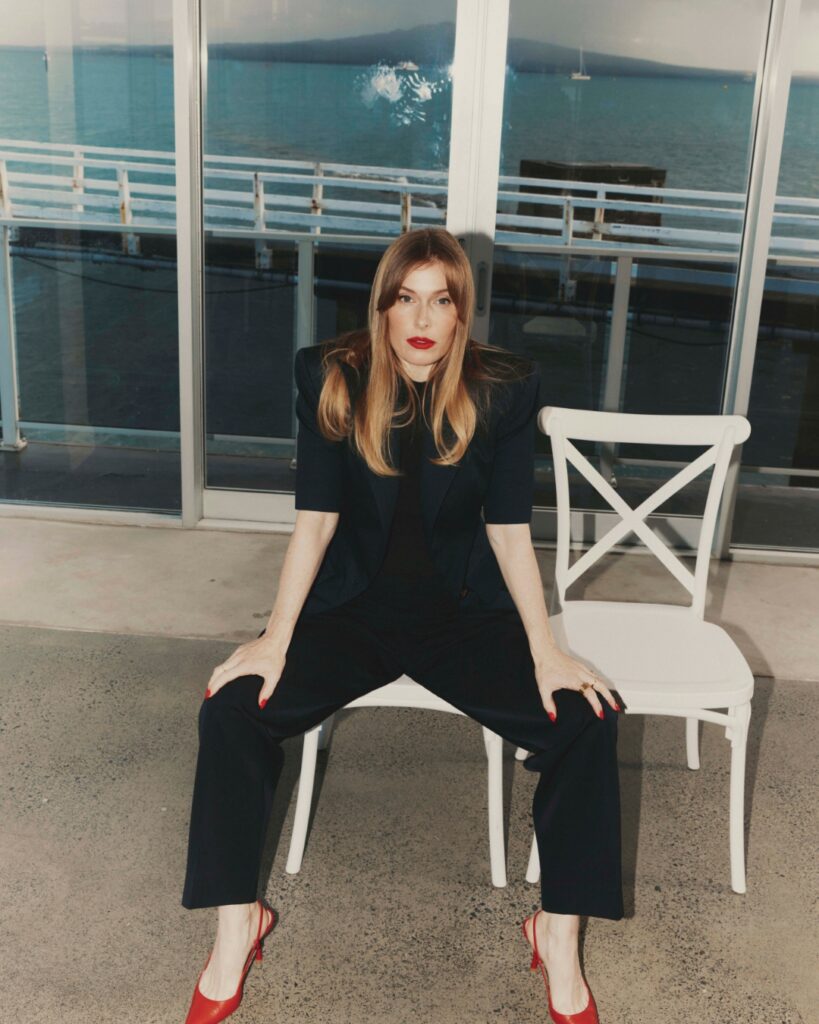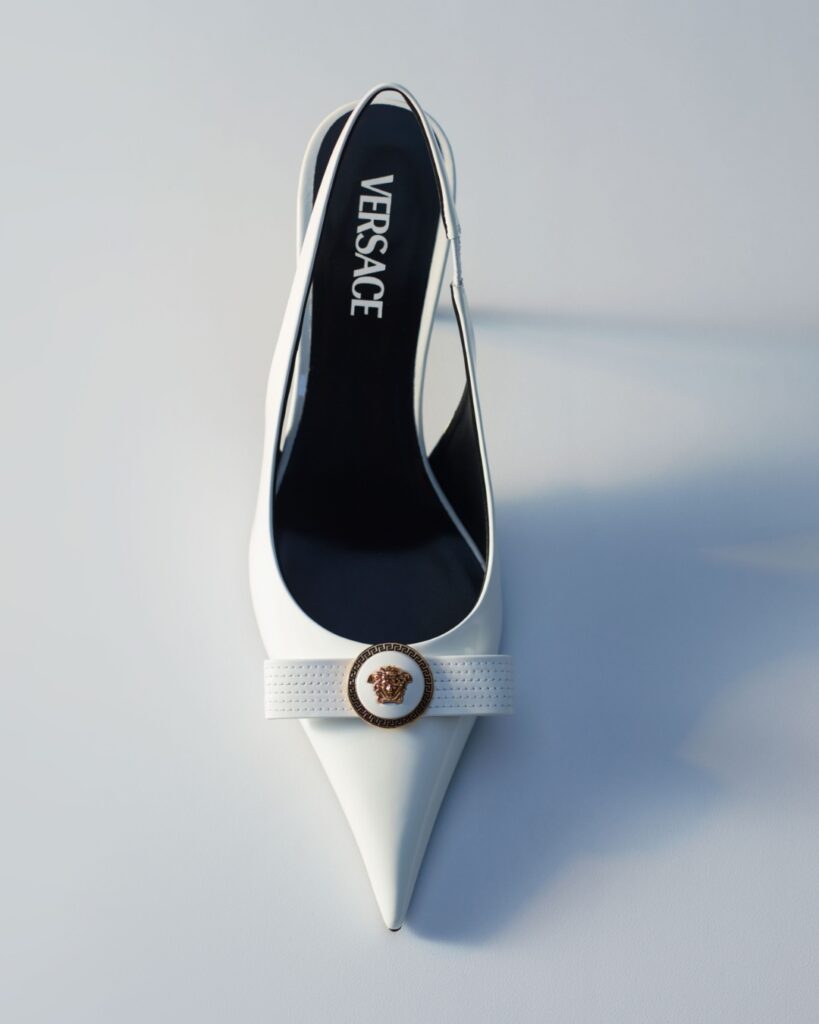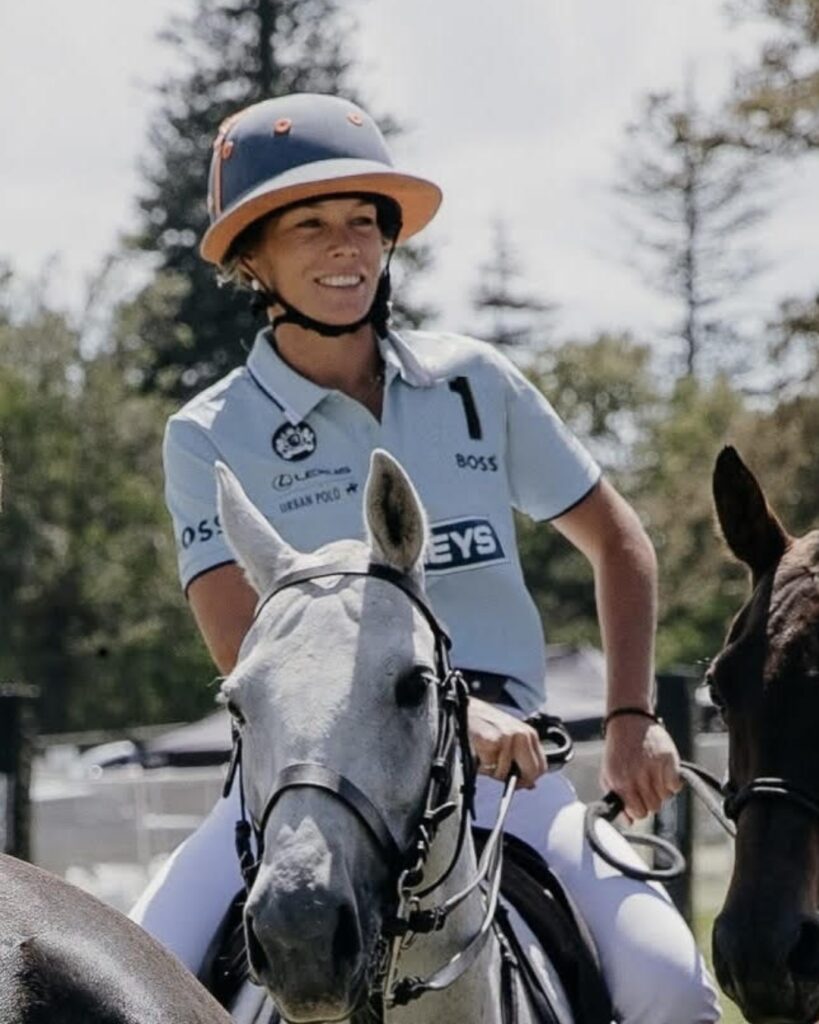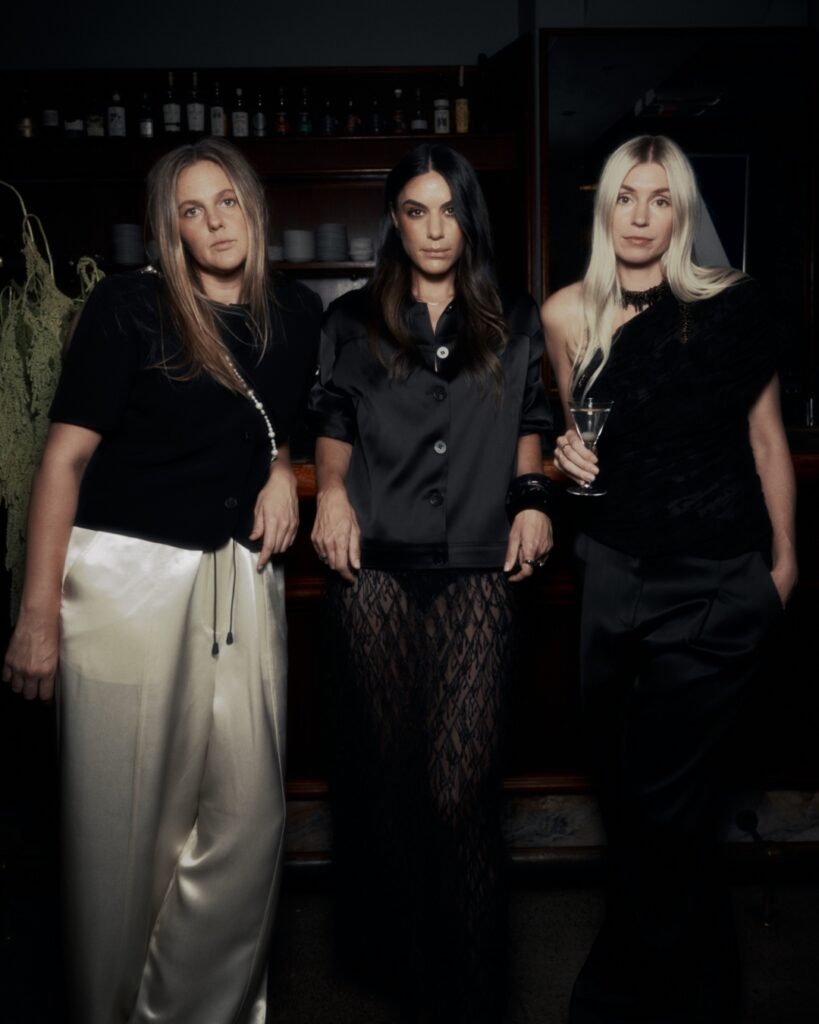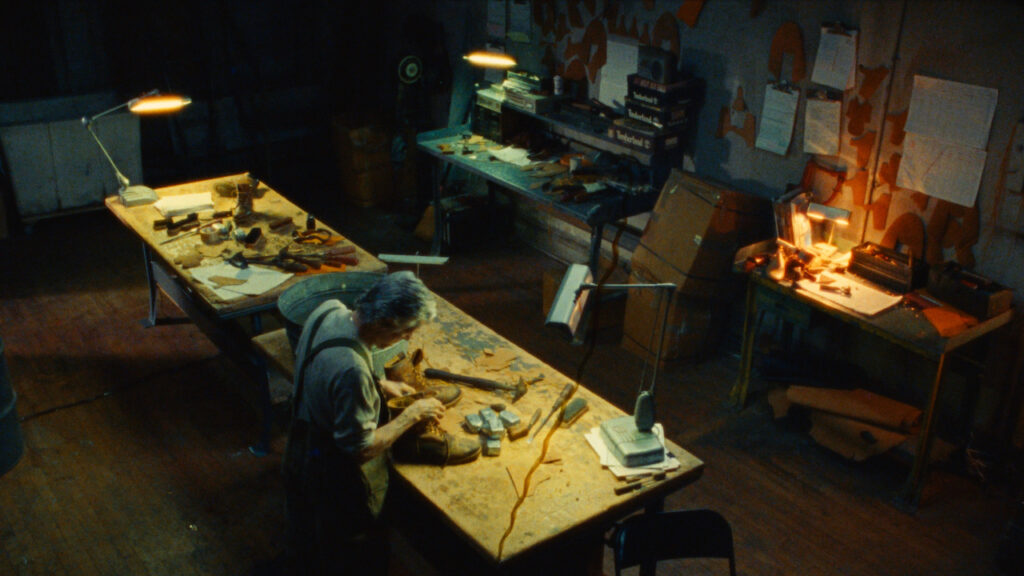
Beloved for its durable design and iconic silhouette, few shoe styles have stayed as prominent in popular culture as Timberland’s classic yellow boot. From its humble origins as a favoured waterproof boot choice for tradesmen, to its adoption into hip-hop and fashion spaces across the world, Timberland celebrated 50 years of its classic yellow style this year by releasing a documentary titled This is Not a Boot: The Story of an Icon, directed by Tom Gould.
With an impressive roster of previous clients including the likes of Ralph Lauren, Adidas and the NBA (to name only a few) Gould’s prowess in visual storytelling positioned him as the ideal candidate to retrace Timberland’s history on film. The 50-minute documentary tracks the boot’s journey from its origin in New Hampshire to infiltrating the fashion, music and pop-culture scenes around the world, featuring iconic figures such as Fat Joe, Rakim and Goldie throughout.
To mark its official release in mid-October, FQ had the privilege of chatting with Gould to find out more about his personal connection to the brand, what went into the making of the documentary, and what he expects to see from Timberland over the next 50 years.
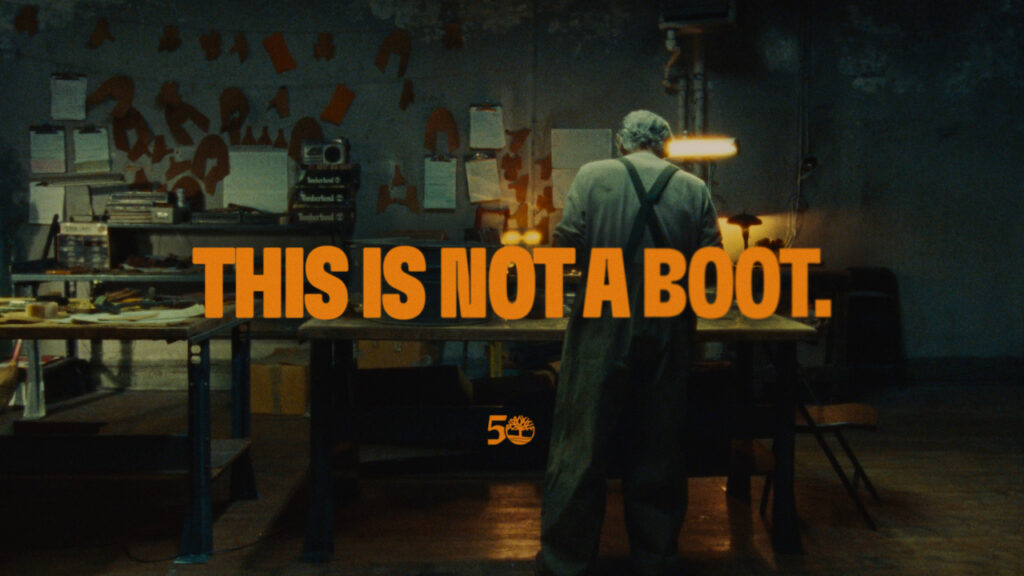

In conversation with Tom Gould:
Introduce yourself to our readers. Where in Aotearoa are you from and where are you currently based, and how did you get on board with this project?
I’m a director and photographer from Maungakiekie, Central Auckland/Tāmaki Makaurau. Most of my adult life has been spent living in New York City but have recently returned to the place I call home, Aotearoa.
A lot of my work is grounded in documentary storytelling, but as a photographer I have been lucky enough to work with many brands within the fashion world. Being able to understand and connect these two styles of visual storytelling led me to work on this project for Timberland to celebrate their 50th Anniversary.
How would you describe your director/photography style?
I just try to make work that feels real, graphic, and emotive. That’s the kind of work that I’m attracted to, so I put my energy into making sure those elements come through in the stories I tell and visuals I release to the world.
Can you tell us about your personal connection to Timberland boots and what helped inspire you to create this film about their history and cultural impact?
I’ve been a big fan of the brand since I was a young teenager, so it’s been a part of my life for a long time. For us, growing up being so isolated in the South Pacific we didn’t had direct access to the big American brands that we saw on TV and in music videos. So as soon as we could get hold of these brands that our idols within hip-hop and popular culture were wearing – it made them even more special. Luckily for us, Timberland opened here in Aotearoa during the mid ’90s and it became accessible and part of our lives.
That idea that this boot travelled from New Hampshire all the way to New Zealand and had us kids wearing them in the street, inspired by the fashion from New York, is a true reflection of how this boot became what it is today around the world. It shows the power of music and fashion culture but also shows the power of a quality product that stands the test of time. That global impact and spread to unlikely places throughout the world was a big part of the story and film.
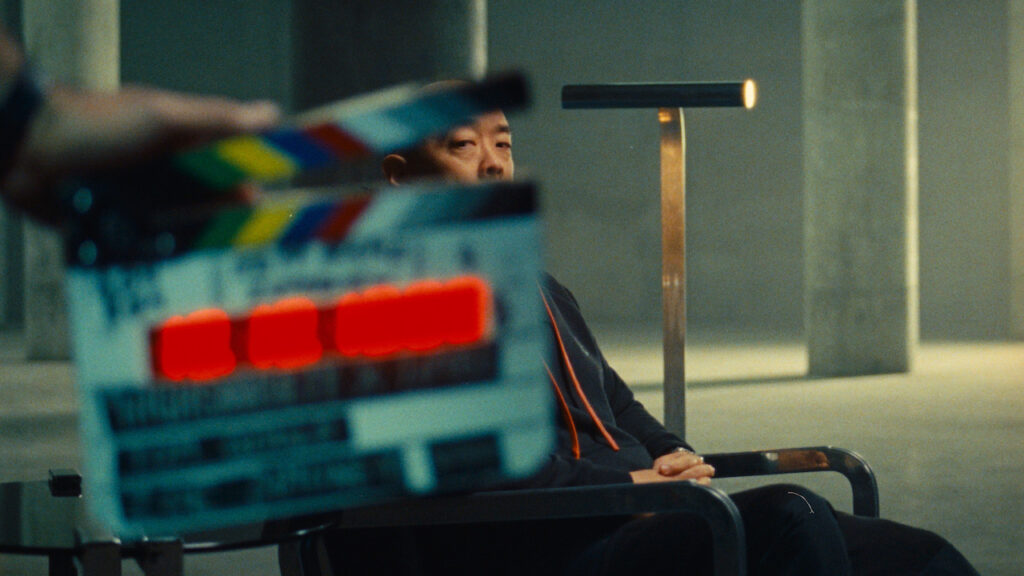
The Timberland boot has been adopted by various cultures and movements worldwide dating back to 1973. Can you share some of the most surprising or intriguing cultural moments you uncovered during your research for the documentary?
I think the most interesting subculture that adopted the Timberland boot was the Paninaro scene, birthed in Milan in the early ’80s. This was during a time when Western popular culture was reaching the world and films like Top Gun were playing in cinemas – introducing audiences to a style of American fashion. With that, brands like Avirex and Levi’s were becoming popular in Italy along with Timberland. The Italians saw a quality leather boot and wanted that American connection and so Timberland became the most sought-after boot for kids within the Paninaro scene. The demand got so crazy that people were getting robbed for their boots and articles were written by The New York Times in 1985 detailing how flight attendants and pilots from Alitalia, the Italian Airline, were buying up to 50 pairs or Timberland boots in New York and smuggling them back to Milan to resell for three times the price.
Uncovering these fashion subcultures and stories made the journey of this documentary fulfilling and showed just how so many different cultures around the world adopted the boot for their own purpose and sense of style.
Hip-hop culture played a significant role in making Timberland the brand it is today. Based on what you discovered, could you elaborate on the influence of hip-hop on the brand and how it continues to connect with the culture?
Hip-hop was massive for the brand. In my eyes it was the vehicle that spread the boot to the masses and made people from all over the world want to wear it, regardless of weather conditions or seasons. The way the boot was worn and styled within hip-hop only pushed it further, as this boot was originally made for the blue-collar worker on construction sites in harsh weather conditions, but the way it was reimagined on the streets of New York gave the boot a whole new life and purpose that has lasted for generations.
We always see fashion come in cycles, but when something is solidified through the generations then it becomes iconic, and I feel that is what hip-hop has done for Timberland – it made this boot an iconic staple.
Can you share some insights into the creative process behind the film and the challenges you faced in bringing it together?
From growing up with the brand from an early age, it was a story that meant a lot to me and one I wanted to do justice. My thought process behind the film was to treat it like a 50th birthday speech, where everyone in the room gets their chance to stand up and tell their stories relating to this boot and brand that has meant so much to them over the years.
This is a film about a boot and a brand, but it is told by the people who championed it and made it known and relevant throughout the world. Having these icons within fashion, music and pop-culture tell the story from the heart – is what makes the film authentic. We were just blessed to have an amazing cast who all had such a deep history with this brand.
With the visuals and production design, I wanted to create individual worlds for each of our talent on set. As the film is grounded in interview setups, I wanted to elevate these interview scenarios and keep the visuals fresh for the audience and for them to speak to our talent’s identity. The biggest challenge was all our talent’s schedules, trying to line up our shoot days amidst all these busy people’s schedules was a puzzle my brain wishes to forget.


What were some of the most memorable moments or interviews during the filming of the documentary that stand out to you (and why)?
For me personally, it was special to be able to work with so many icons within music and fashion, people who I have looked up to and followed for years. Some of them I had been lucky enough to work with before, but for others it was a special experience working with them for the first time.
Hearing stories from people like Rakim and Goldie were personal highlights for me, along with the many laughs and hilarious moments with Fat Joe. It’s nice to look back as someone from a small place like Aotearoa and reflect on that stuff on a rainy day.
How do you hope the documentary will impact viewers and their perception of Timberland, both as a brand and as a cultural symbol?
I just hope people enjoy the film and take something positive away from the story. I hope it takes people back to the time where they got their first pair of boots and the memories associated with that.
There’s also such a deep history with the brand that not a lot of people know about. It’s connection to sustainability and the environment ahead of any other major footwear companies, then to their anti-racism campaigns in the early ’90s. As a brand founded by a family that immigrated to America in search of that ‘American Dream’ it was a company run with morals and the more I got to know the brand and the history on a personal level, the more I respected it. I hope people can take that away from the film as well.
Based on what you’ve learned over the course of this project, what do you expect to see from – or want to see for – the brand in the next 50 years?
I just want to see them maintain the same heritage the brand was built on and to keep innovating and giving back to the communities that champion the Yellow Boot every day!
Watch This is Not a Boot: The Story of an Icon on Youtube now.
Imagery: supplied.


